The beautiful city of Istanbul endured thirty-four sieges, including five by the Ottomans, throughout its history. Eleven out of these were successful. Although known as Constantinopolis in most part of its existence, this greatly coveted city hadn’t always been “the city of Constantine”. Founded around 658 B.C. as a city-state by the Greek Byzas from Megara, it continued to be the centre of attention of different enemies in time due to its very strategic location. Athenians, Persians, Macedonians, Galatians, Romans, Goths, Arabs, Bulgarians, Slavs, Russians, Crusaders and Ottomans. They were all tempted to capture the city because they knew that whoever ruled the city also possessed the gateway to the Black Sea.
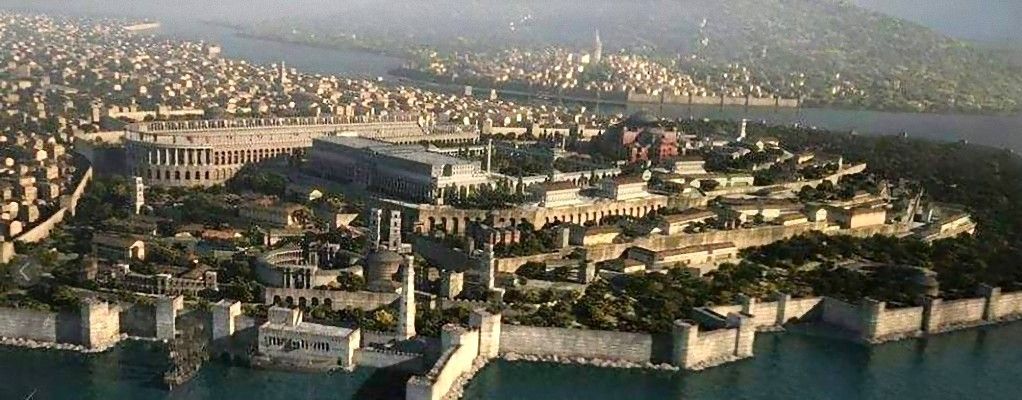
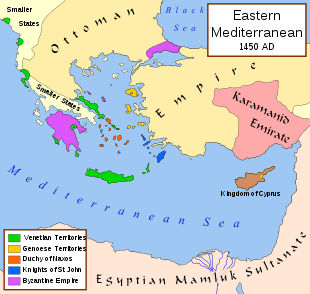
(a.k.a. Byzantine Empire) was no longer an empire
Source: www.wikipedia.org
Byzantium, named after the founder Byzas was later to become a Roman city in 196 A.D. when the Roman Emperor Septimius Severus (145-211; r. 193-211) captured and razed the city almost to the ground. The cause of his tremendous wrath was the support that the city gave to his rival during a civil war. However, he was soon assuaged by his son Marcus Aurelius Antoninus (a.k.a. Caracalla) who persuaded his father about the strategic importance of the city. The city was named Antonina and rebuilt as a Roman city with majestic monuments such as the famous Hippodrome. Then, of course, came the era of Emperor Constantine the Great (272-337; r. 306-337) who not only converted to Christianity but also moved the capital city from Rome to the city he officially named Nova Roma. Despite this given name, the city would be renowned as Constantinopolis, becoming more and more famous with its monuments, palaces, churches and riches as the East Roman Empire outlived the West Roman Empire by almost a thousand years. It is a historical fact that this splendour was greatly tarnished during the Latin Conquest (1204-1261) and the extreme pillage that it caused. Nevertheless, Constantinopolis continued to be the dream of all the enemies of the Empire.
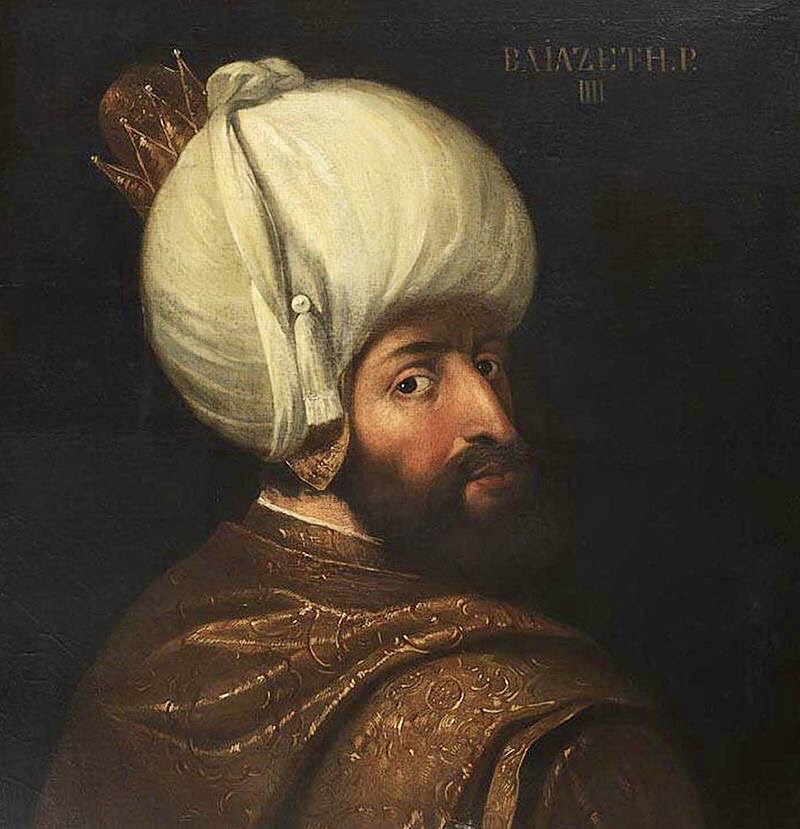
Source: www.wikipedia.org
Being one of those enemies, the Ottomans also had an eye on the city, long before the Conquest in 1453. By the time of the last siege and victory of Sultan Mehmet II (1432-1481; r. 1444-1446 and 1451-1481), the capital city of the East Roman Empire and part of its territory in Thrace had become a mere island amidst Ottoman lands. The first Ottoman sultan to besiege Constantinople was Sultan Bayezid I (1360 (?)-1403; r. 1389-1402), known to Turks as Sultan Yıldırım (Lightning) Bayezid, in tribute to the speed with which he could move his armies between Europe and Asia. At the time (1391), the Byzantine Emperor was already reduced to the status of a vassal who was required to pay an annual indemnity to the Ottoman Sultan. Besieging Constantinople, Sultan Bayezid I allowed Emperor Manuel II to rule only within the city walls, claiming the territory outside to be strictly Ottoman. In addition, the Sultan also forced the establishment of a Turkish quarter in the city which would only be realised in 1398 when 700 Turkish households were relocated to Constantinople. The reluctance of the Byzantine Emperor to keep his promise for several years was the main cause of the following intermittent sieges that Sultan Bayezid I imposed on the city over the span of several years (1396-1402). To this end, in 1395, he built a fortress on the Asian coast of the Bosphorus that would cut off military aid and supplies to the city.
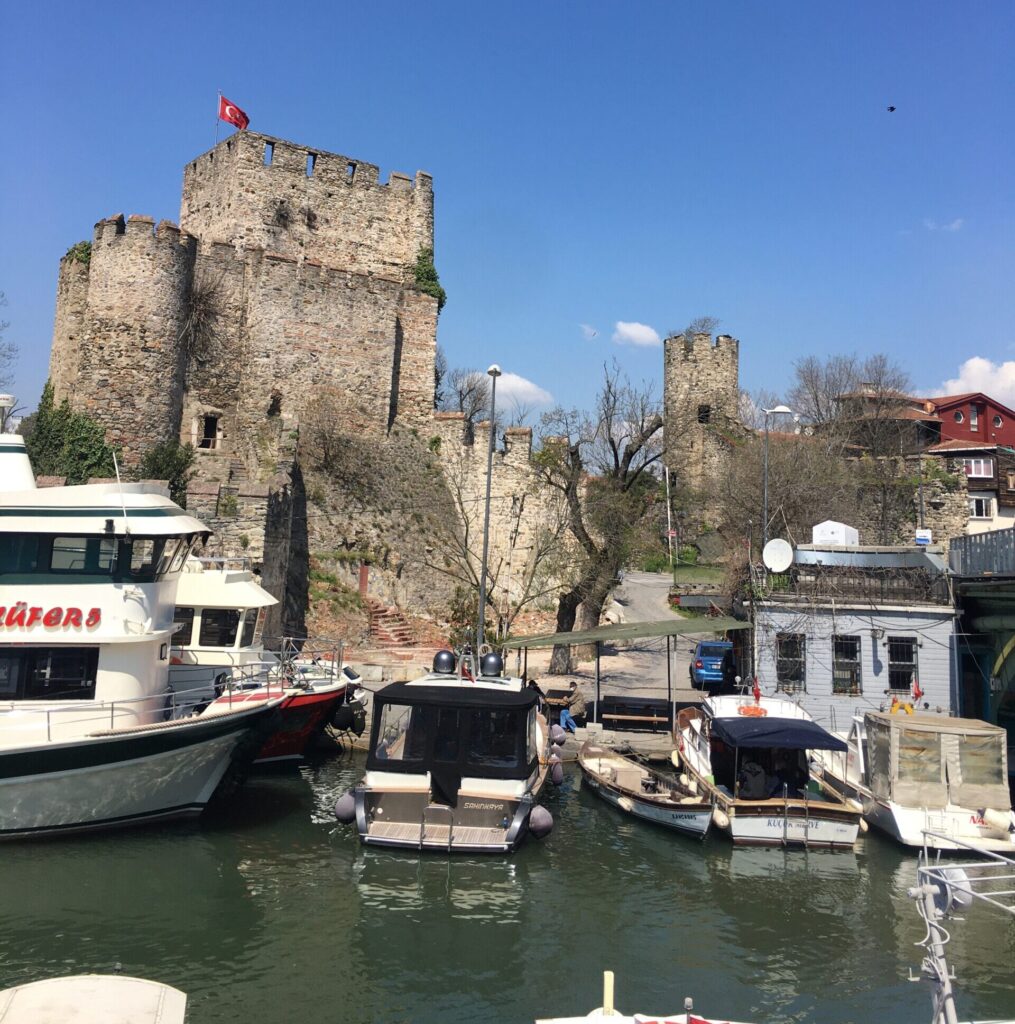
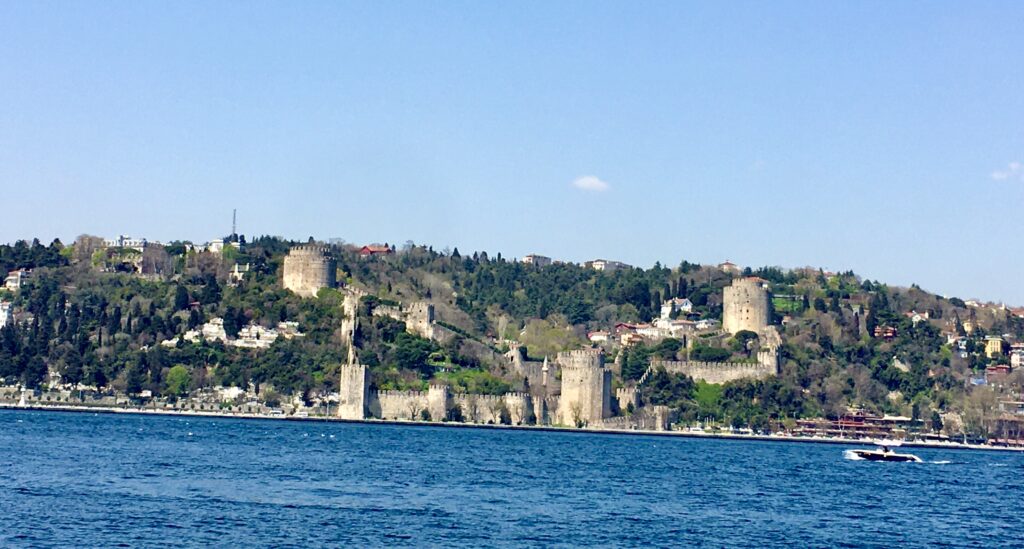
The castle that was built by Sultan Bayezid I is called Anadolu Hisarı (Anatolian Fortress). It is also known that sometimes it was referred to as Güzelce Hisar (Charming Fortress) as well. Right across, on the European coast of the Bosphorus, rises the more majestic Rumeli Hisarı (Rumelia Fortress) built by Bayezid’s great-grandson, Sultan Mehmet II the Conqueror. (For more information about Sultan Mehmet II, you can read the post The Great Eagle by clicking the link.) This location is the narrowest part of the Bosphorus and provides the best view of the Rumeli Castle.
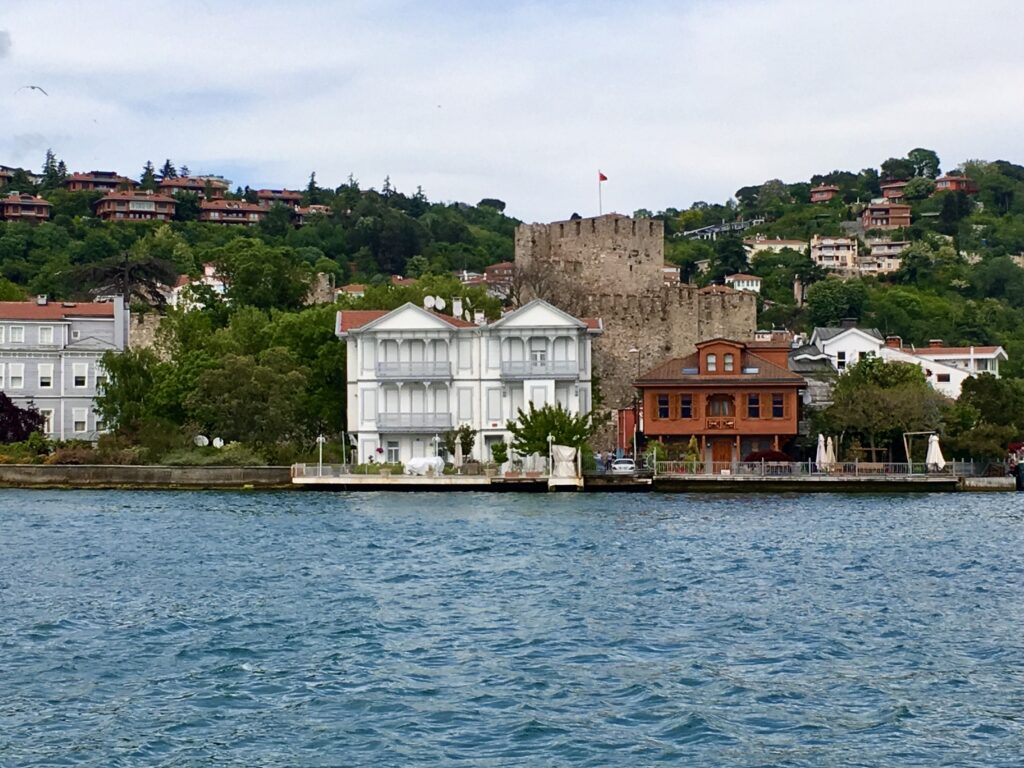
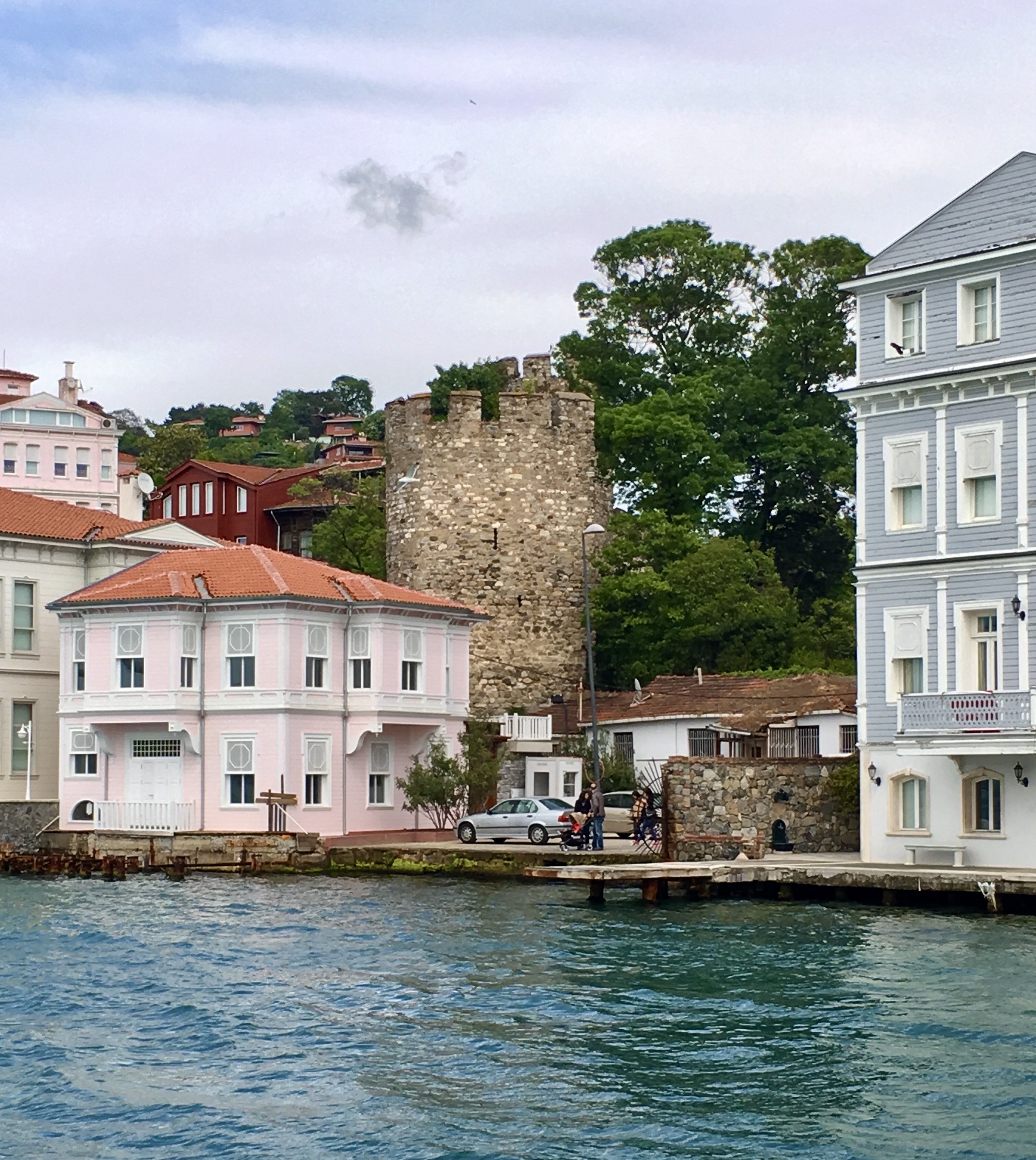
Analysis of the materials and building techniques have revealed that, only the keep (the central fortified tower) and the inner walls were built by Bayezid I. The outer walls and towers were built by Sultan Mehmet II while he was building the castle across the strait, evidently to reinforce his stronghold on the Bosphorus before the final blow to Constantinopolis. The Anadolu Castle is said to cover an area of 7000 square metres. The thickness of its walls varies between 2.5 to 3 metres.
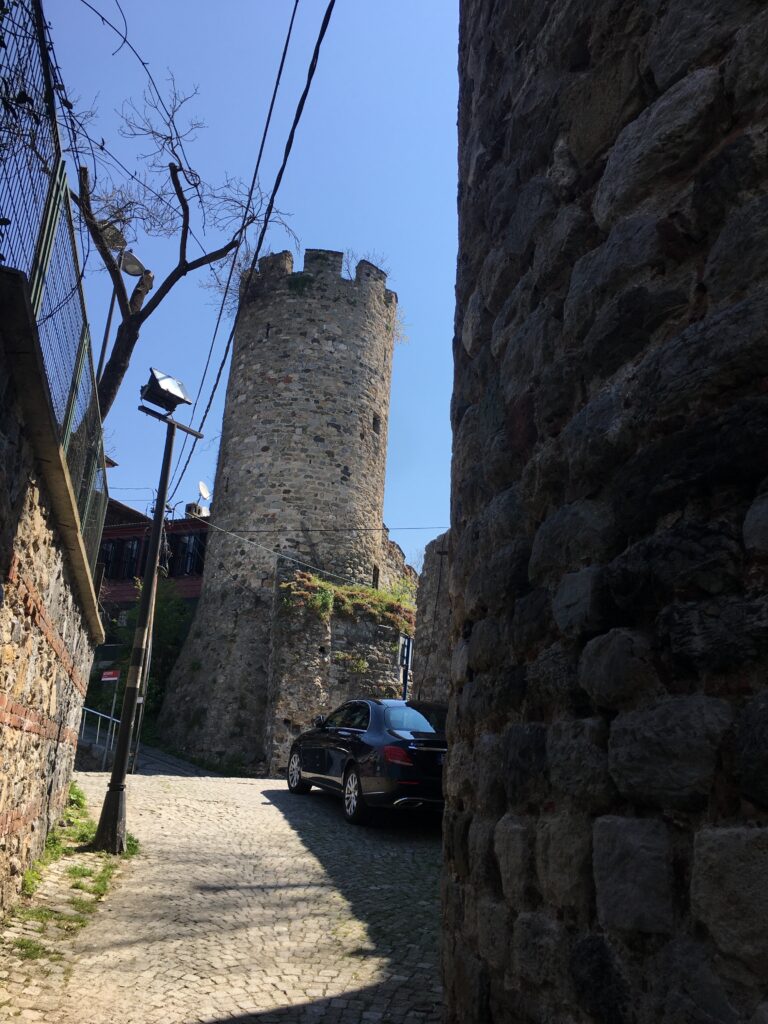
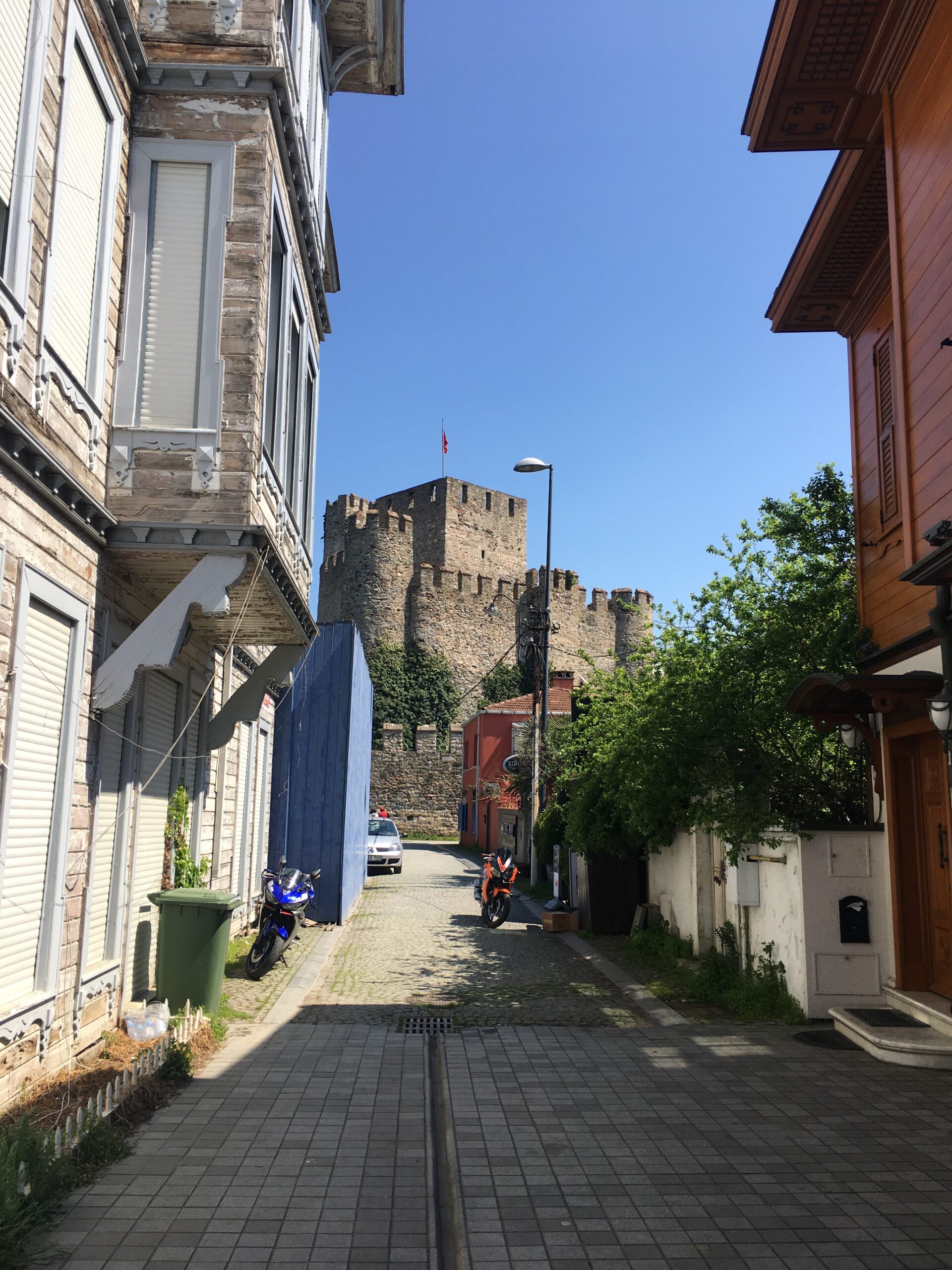
It is most unfortunate that today there is a road passing through the fortress that cuts the historical monument in two. Furthermore, most parts of the castle perished over the centuries. On the seaside part, there is a small park. However, the small village (now a district of Istanbul) that surrounds the fortress is very pleasant. Here you can stroll in winding, cobblestone streets where you will see beautiful examples of Ottoman wooden houses that have been renovated. On the seafront there are Ottoman yalı houses (wooden houses by the shore). Some of them have been turned into restaurants. Close by, outside the castle walls, there is a rare historical monument that has survived to this day. It is a rare example of a namazgâh (an open-air mosque) dated to the time of Sultan Mehmet II. The 20×25 metres area was designated as a prayer area for soldiers. The only remains of the monument are the mihrab (altar) and the minber (pulpit).
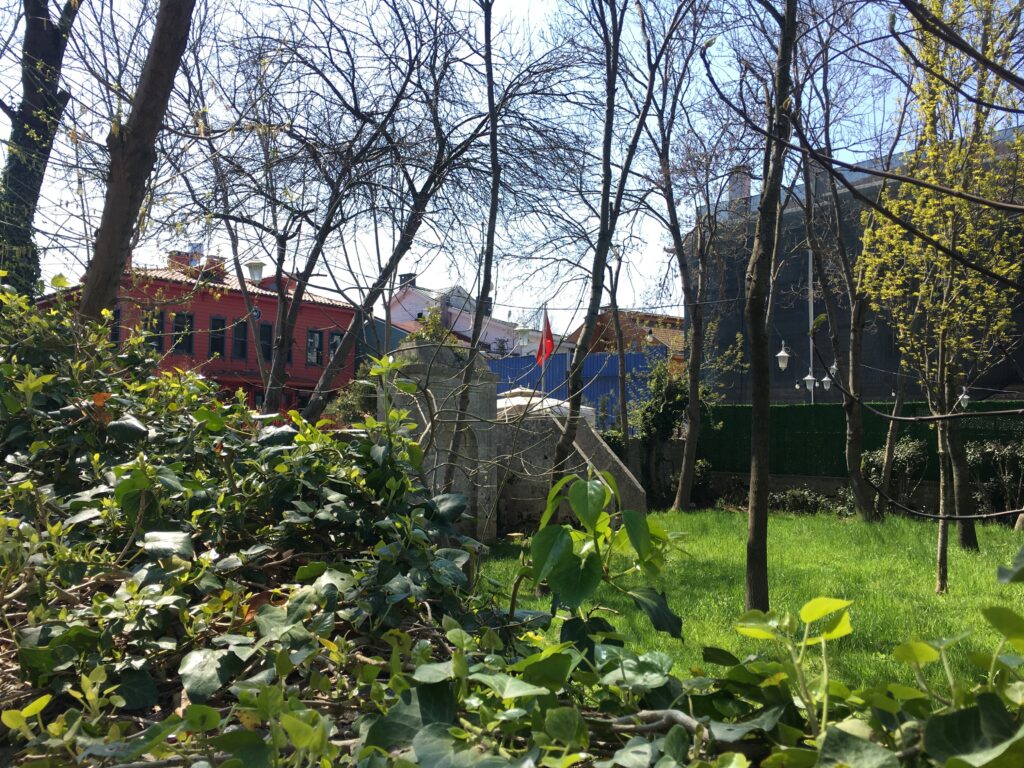
Apart from being situated by the Bosphorus, the fortress is also close to one of the two streams that were known to Europeans as the Sweet Waters of Asia. This is the Göksu Stream. The other stream, a few hundred metres to the south, is the Küçüksu Stream. The history of the Göksu district goes back to Byzantine times when it was called Potamonion. The name of the stream was Aretea. At the time, the area was not inhabited but was still lively because of the numerous water springs that were considered holy. An ayazma was built at each spring and a holy relic was placed for protection. Prayers would be held annually at the ayazmas on the name days of the respective Saints.
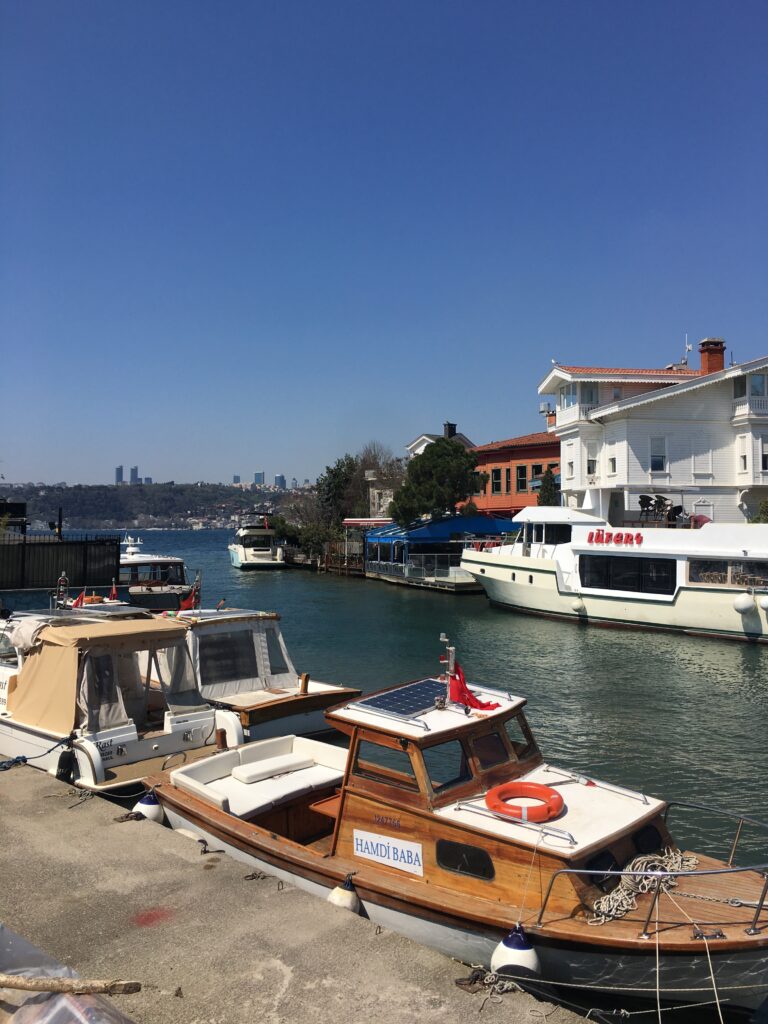
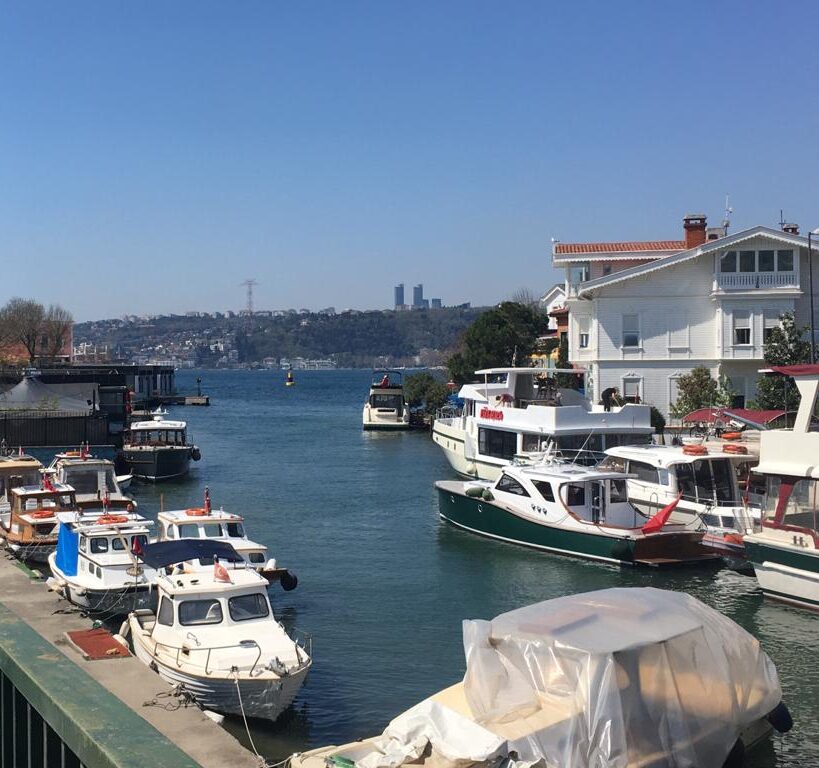
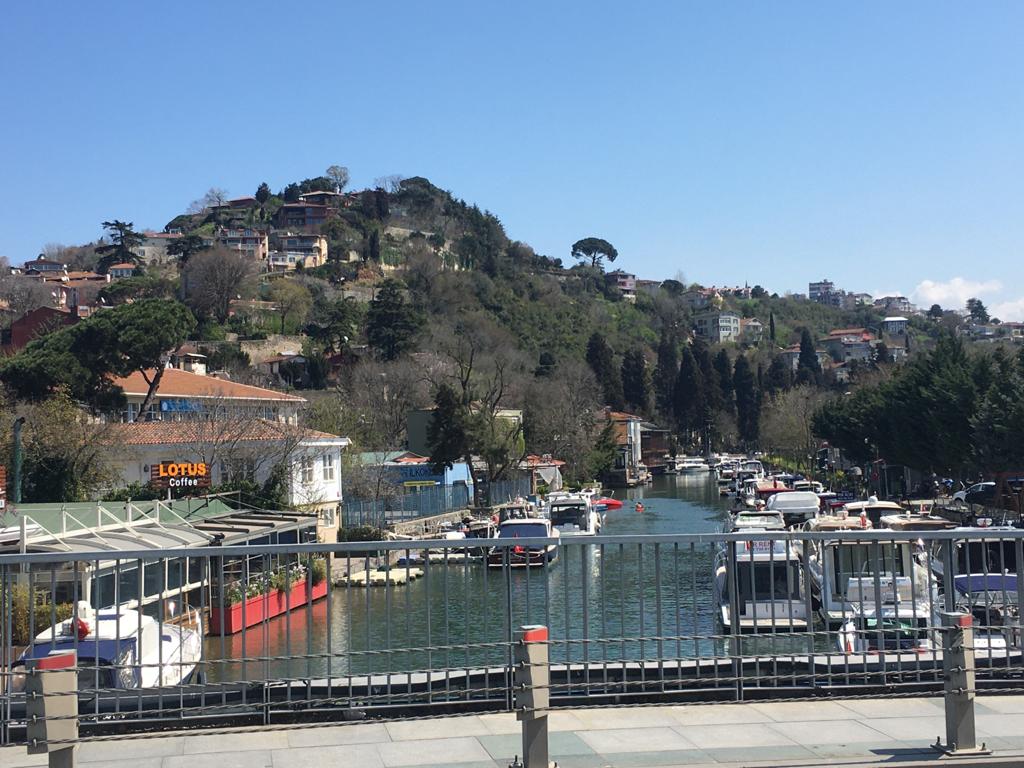
The Göksu Stream was very popular (both before and after the conquest) among Ottomans too. The peak period of interest was in the 18th and 19th centuries when the area between Göksu and Küçüksu streams (named as Küçüksu meadow) was a prime recreational area for both the public and the Royal family. Imperial caiques (the most beautiful examples of which can be seen at the Naval Museum) would take the Sultan and his family up and down the stream. Accompanying musicians and singers would make the excursion (preferably in full moon) all the more pleasant. Sultans Mahmud I, Mahmud II and Murad IV were especially fond of the area but, it was Sultan Abdülmecid who commissioned the beautiful pavilion, Küçüksu Kasrı, by the sea. Detailed information about this pavilion will be the subject of another post.
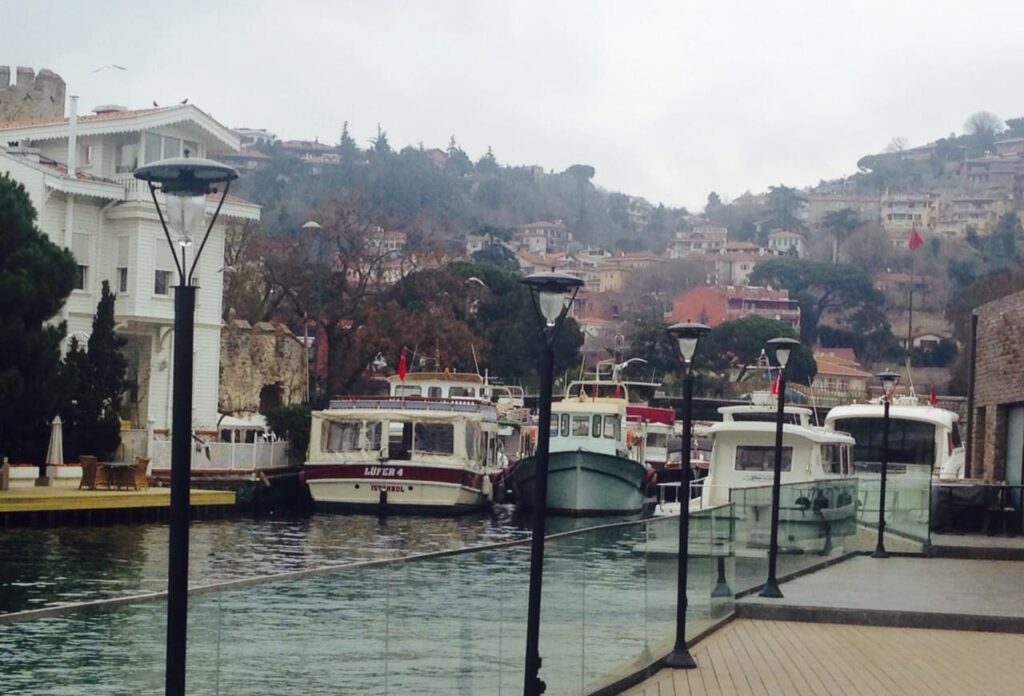
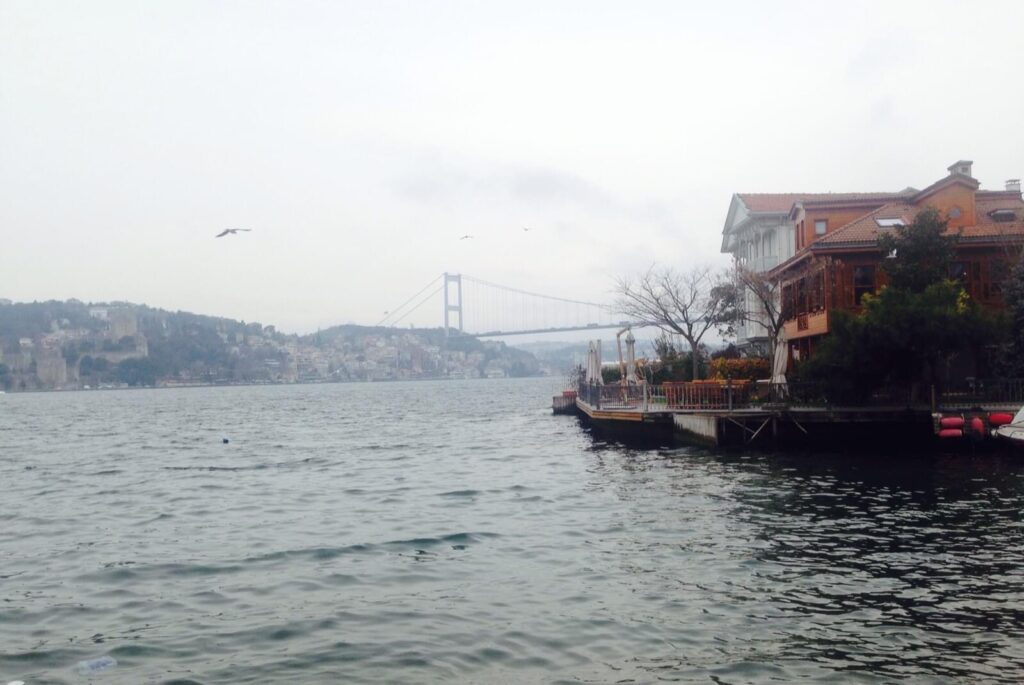
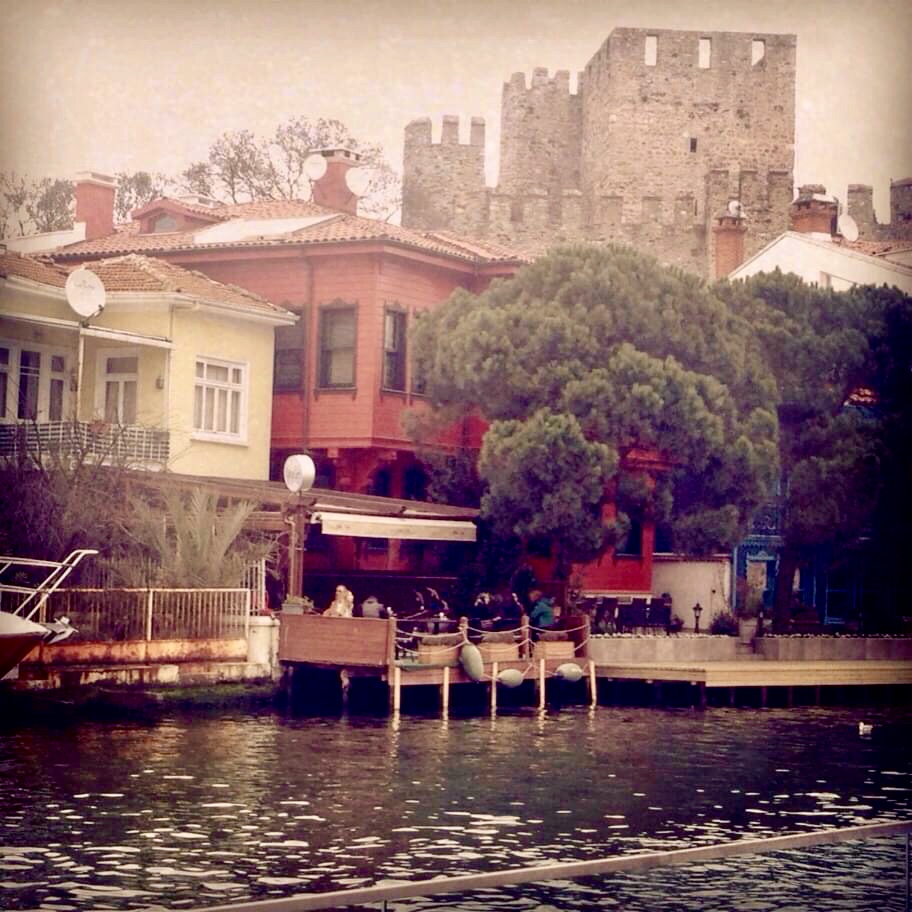
Although now it is devoid of the orchards and vineyards that were once in the area, the Göksu Stream is still highly enjoyable with its cafes and restaurants lined along its shores. An excursion to this part of Istanbul could include the Anadolu Fortress, the Küçüksu Pavilion, a stroll in the streets of the village and the meadow between the two streams. A break at the restaurants by the Bosphorus or along the Göksu Stream would be delightful. If available, you can also rent a boat to row upstream. Coming to the Anadolu Hisarı district by boat is strongly advised.
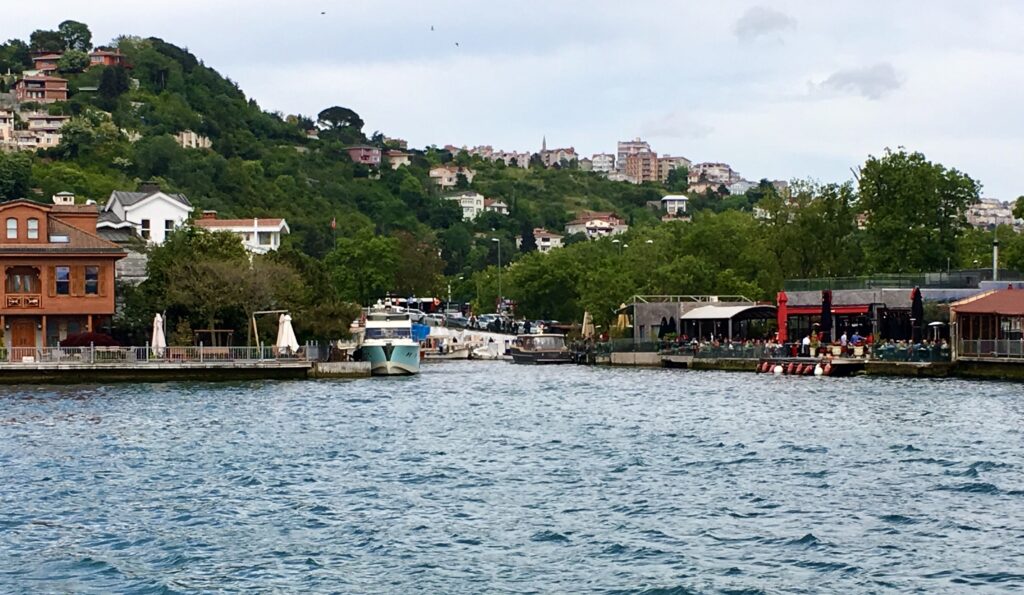
A concluding paragraph on the fate of the sultan who built the Anadolu Fortress might be appropriate for those who are curious. Despite his great victories such as the Battle of Nicopolis (on September 25th, 1396) against the Crusaders, Sultan Bayezid I’s life ended tragically. His determination to conquer Constantinopolis was interrupted by the turning of events at the time. The Byzantines were saved in a way when the Timur Emperor Tamerlane (1336-1405, r. 1370-1405) crossed the river Tigris (Dicle) and entered Anatolia in 1394. From then on, Bayezid had to deal with the ever-changing pacts that the Turco-Mongol Tamerlane made with the enemies of the Ottomans. Finally, the two sides fought at the Battle of Ankara on July 28th, 1402. Tamerlane’s army not only outnumbered the Ottomans but also possessed a large number of elephants that were used skilfully during the attacks. Bayezid and his wife, the Serbian princess Maria Olivera Despina (Despina Hatun in Turkish) were captured. The couple had married as a pledge of peace between the Serbians and the Ottomans after the Battle of Kosovo in 1389. Tamerlane put Bayezid I in a cage and took him wherever he went in Anatolia. Furthermore, he made Bayezid’s consort Princess Olivera serve and dance in front of his soldiers. Some sources claim that Tamerlane raped her in public, under the eyes of the encaged Bayezid. The Sultan committed suicide soon after. Although not based on any written document, it is believed that, to avoid a similar disgrace, Ottoman Sultans stopped officially marrying their consorts until Sultan Suleiman the Magnificent married the love of his life, Roxalana (Hürrem Sultan), almost 150 years later.
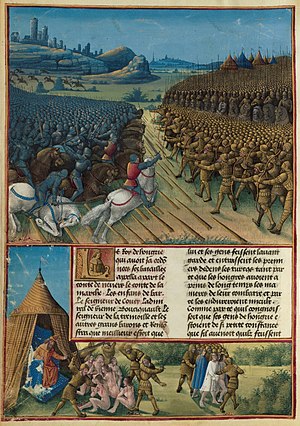
Source: www.wikipedia.org
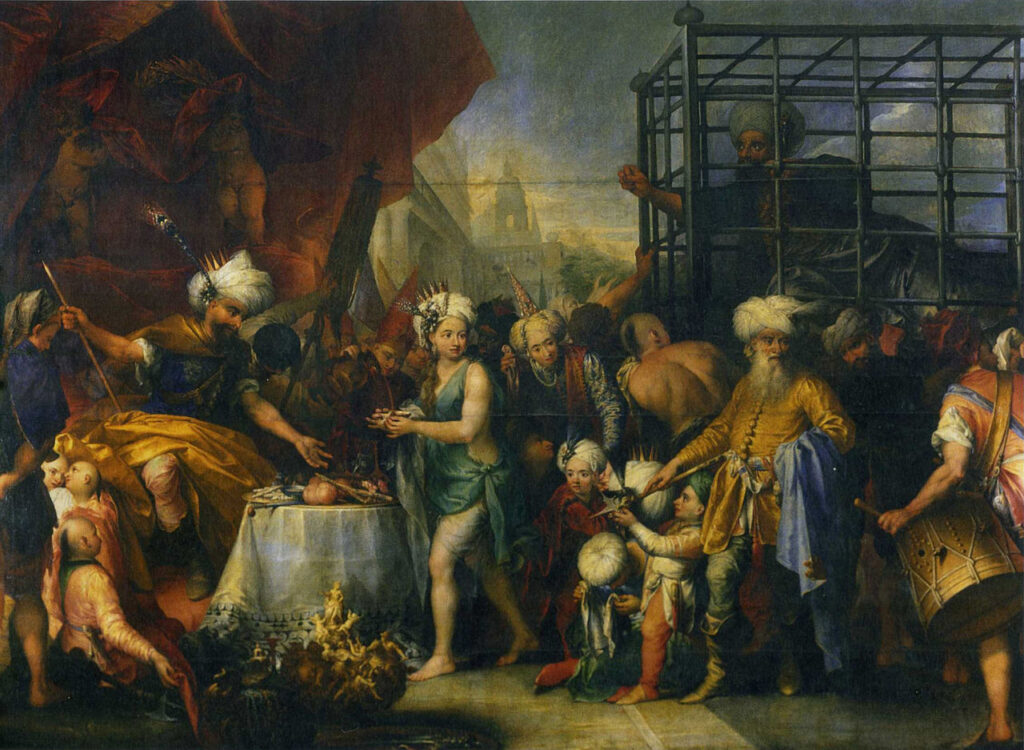
Painted by the Italian painter Andrea Celesti (1637-1712) circa 1700
Source: www.wikiwand.com
Constantinopolis remained Byzantine for another half a century while Sultan Bayezid I’s son (Musa Çelebi) and grandson (Sultan Murad II) besieged the city again after him. His great-grandson, Mehmet II the Conqueror was to be the victorious Sultan.
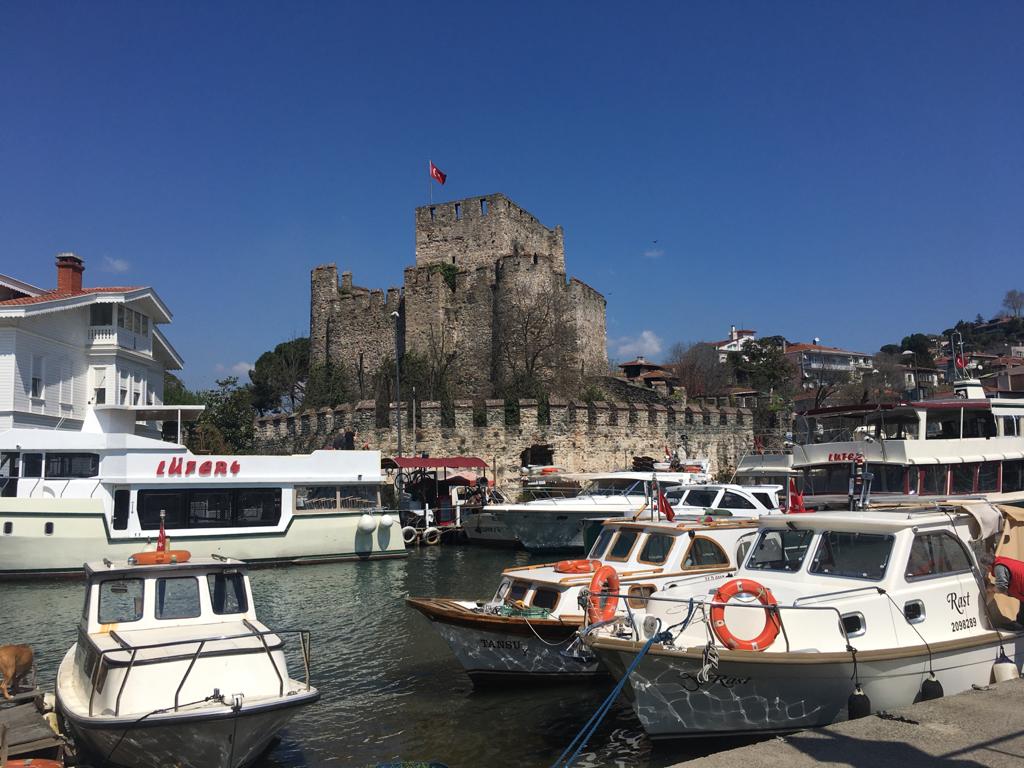
[…] recommended in the previous post, an excursion to the Anatolia Fortress (Anadolu Hisarı) offers other sight-seeing choices in the […]